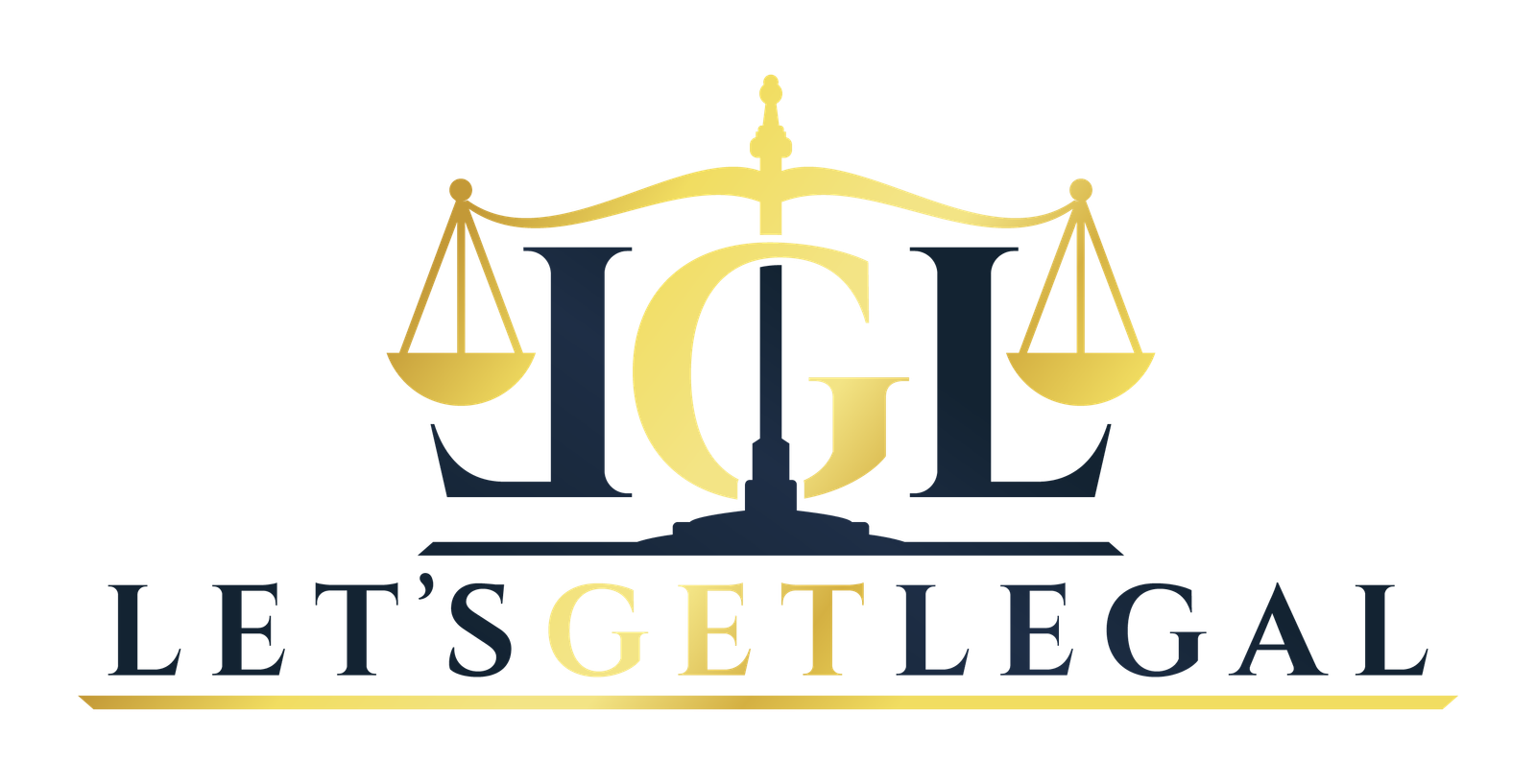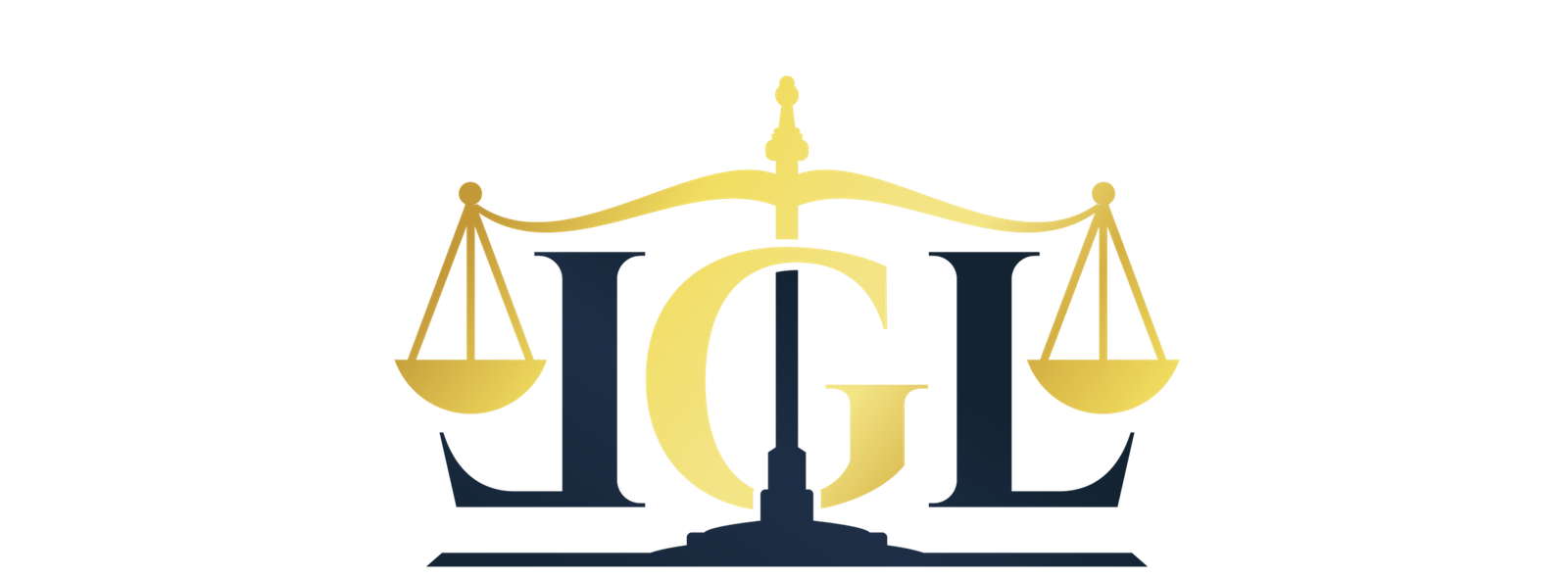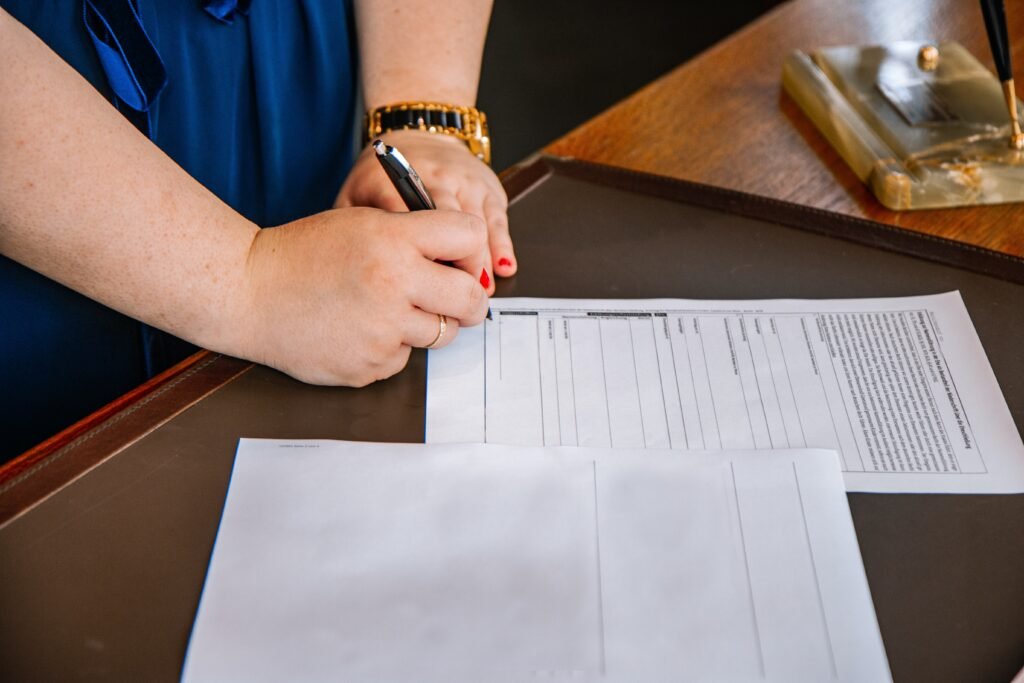Legal drafting is an art and not merely a skill. It is an ability to express one’s thoughts and intentions in writing. It has to be unambiguous and concise manner. It must reflect the clear intent of the parties involved and the implications if any of the parties breach the terms therein.
A good draftsman must be an excellent wordsmith, he must know how to play with words and choose his words with great care, to express his client’s mind in writing to the tee. If a lawyer’s drafting is ambiguous, then it may lead to multiple interpretations. Always remember, a pen is mightier than a sword, but confusion in an agreement could be confounding and result in enforceable circumstances and liabilities.
Before drafting an agreement, a lawyer must understand the exact nature of the relationship the parties intended to establish, he must understand from where the parties are coming from and where they want to reach, with regards to the agreement. A lawyer must also get familiar with the terminology associated with the specific industry if the subject matter of the agreement is related to any business or service. Most industries have their own distinct terms and obligations and knowing about them would help the draftsman to frame clauses accordingly. Before embarking on drafting the agreement, one must draw an outline of the key aspects of requirements of the client/parties involved. Making a checklist of the clauses or issues to cover would help draft a good agreement, as every agreement or a contract is unique to its circumstances and no other agreement or contract (if you are referring to one) would fit the needs of your client/ the parties involved.
Before drafting a legal document or an agreement, a lawyer must know the following:
- Intention of the parties
- Reasons why the parties are entering the agreement
- Subject matter of the Agreement, eg. property, service etc.
- Consideration
- Time period of the agreement
- Termination of the agreement and its consequences
- Exit options of the parties
- Important timelines, if any.
While drafting the agreement, one must keep in mind that the language of the agreement must be clear and readable. Do not crowd your agreement with the use of unnecessary legalese or legal jargon is not required. However, where the agreement demands, legal terms or jargon must be put but not otherwise.
Be Active
The goal of the draftsman is to make the agreement crystal clear and the voice of the agreement should be active, not passive. It must be drafted in the present tense because it is a continuously speaking document. Using active voice makes it clear which party is the actor and has the obligation and further it becomes more concise.
Punctuation
To avoid misinterpretations, it is recommended to use proper punctuation. “A characteristic lack of adequate punctuation (in the English language) is a major obstacle of precision in legal writing”- David Mellinkoff, The Language of the Law.
Punctuations help remove ambiguities by using commas wherever required. One must understand that misplacement of a single comma would change the meaning of a clause altogether and could impact the parties severely.
Precise & Concise
The draftsman should painstakingly draft the agreement in a concise manner. A document that conveys the message in a limited space is more useful than one which runs through several pages. Lengthy paragraphs would only obscure the intentions to be conveyed and would lead to multiple interpretations. As Shakespeare says, “Brevity is the soul of wit”, effective lawyers will find a way to produce documents with clear, concise, and direct sentences that eliminate unnecessary words and phrases, remove redundancy, and apply the operative facts. For your client’s sake, get to the point. The extra effort it takes to produce quality and concise documents will make for better results and a happy client.
Negotiation
Negotiation is one of the most important aspects of drafting an agreement. The need to have a common agreement on terms is important, most parties intend different outcomes in terms of timelines, consideration, performance, etc. Negotiation plays an important part in getting the parties to agree at a common position so that each party is satisfied. A lawyer with good negotiation skills can turn around a loss into a beneficial compromise and therefore, a lawyer must approach negotiation as not a competition but as a beneficial compromise wherein each party leaves with respect and satisfaction.
While negotiation always has a BATNA- Best Alternative To a Negotiated Agreement. A skilled negotiator must always have an alternative, which may be required to obtain consensus from parties, in the event the preferred negotiated terms are not being agreed upon.
For a lawyer drafting an agreement, the effectiveness and enforceability of the terms of an agreement are of prime importance and therefore may choose the words carefully, negotiate wisely. Language is just not a tool of communication but also forms an intrinsic part of legal drafting. If the language is clear the letter and spirit of the agreement are clear.







